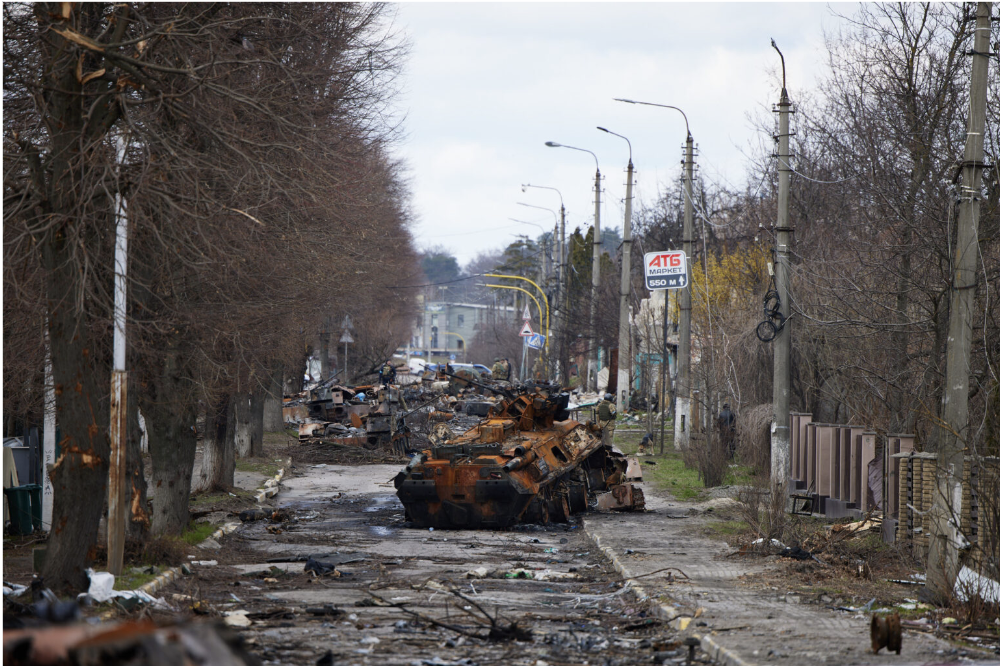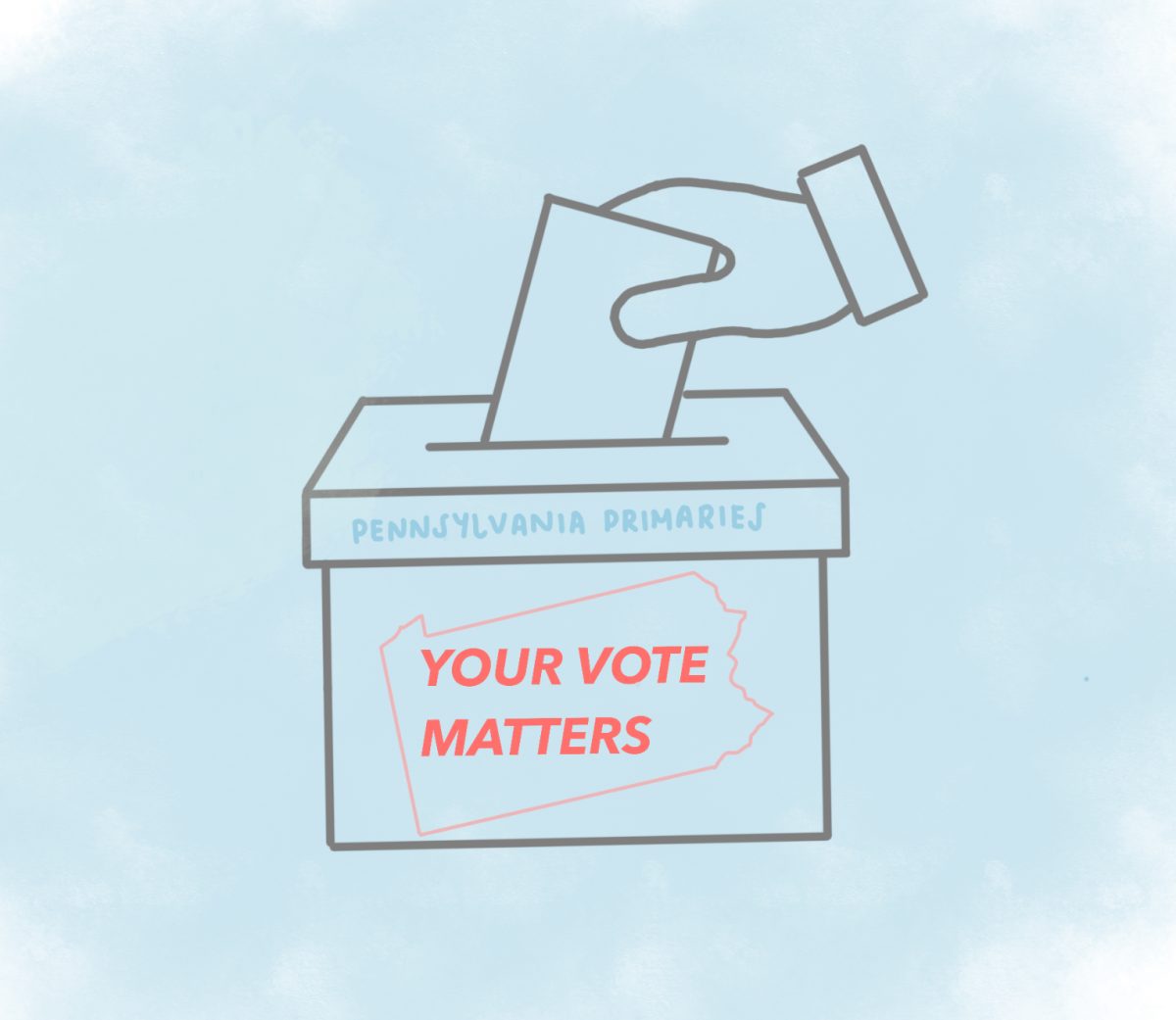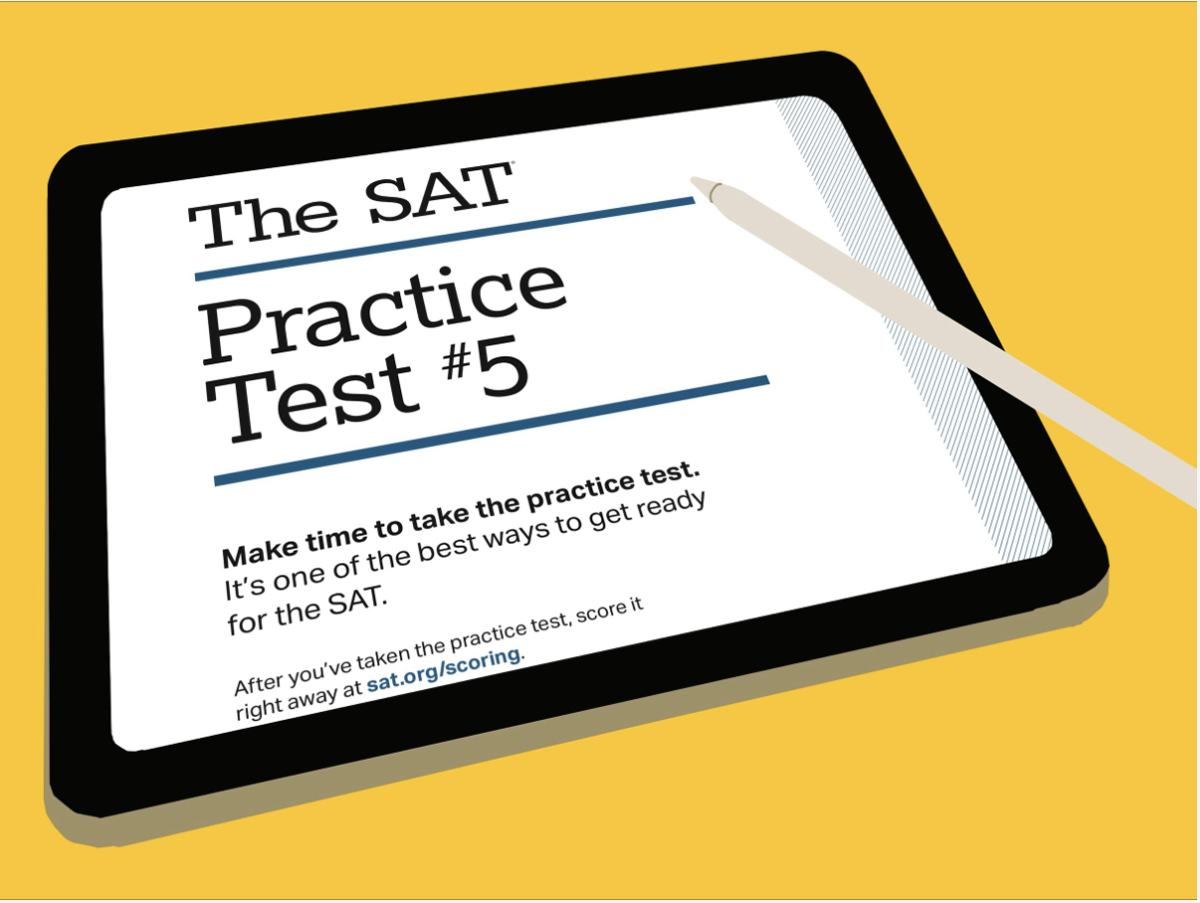Real change doesn’t come from social media
Media: Adelyn Sim '24
Illustration by Adelyn Sim ’24
If you’ve been on the internet at all recently, you’ve probably become aware of social media activism. Whether it is an aesthetically-pleasing infographic made to catch the viewers’ attention or a brief summary of an event happening somewhere in the world, activism on the internet has steadily become one of the most prevalent tools to raise awareness about social issues, from racial injustice or climate change. But this begs the question: is it the best way? Information on social media spreads like wildfire; however, in regard to enacting real change, social media in its current state is not the right platform.
Social media spreads faster than any other media. We possess information at the tip of our fingers. With the immense pool of people involved, there are various voices that produce diverse content. However, algorithms inadvertently lead people to view certain types of content, usually ones aligned with their existing belief systems. This is exacerbated by the immediacy and dispersiveness of social media. The only downside might be that there is a high chance that a post may be misleading or factually incorrect. However, this does not mean all posts and accounts are flawed. Posts have the power to initiate people to investigate and take action.
Indeed, online environmental activism is susceptible to misinformation. We have seen from the ramifications of the “Stop the Steal” movement, such as the Capitol riot on Jan. 6, 2020, that false information can disseminate rapidly in social media and cause societal unrest. This problem also applies to environmental activism in social media. Commenting on the spread of climate misinformation in Facebook, environmental groups, such as Greenpeace, Friends of the Earth, and the Sierra Club, said, “Facebook admits climate misinformation on its platforms is a rampant problem, but it is only taking half measures to stop it.” It is unlikely that activists abiding by misinformation can bring justice to the environment.
“Activism” on social media often constitutes just the repost of an infographic (with no substantial information) on an Instagram story, followed by a feeling of gratification for being a part of the movement to save humanity. However, something has to be said for the complacency that that mindset can generate. While spreading awareness is a good thing, we have to be honest with ourselves: no real change can happen with a story repost, and fooling ourselves into thinking it can is falling into a dangerous mentality. While change can only be generated by making people become aware of the issue in the first place, it’s imperative that we don’t lose sight of the actual goal in activism: not to raise awareness, but to enact change — and that can never happen by reposting hollow catchphrases. In the end, activism involves acting, not reposting.
As much as social media seems to be a force for positive change, its current state is susceptible to widespread misinformation and artificial complacency. In a time when conflict and inequality seem to be ubiquitous, perhaps only an evolved form of social media activism can meet the world’s desperate demands. Therefore, though social media is achieving its goals of spreading awareness, it is hard to link activeness in change to the effectiveness of social media.





























